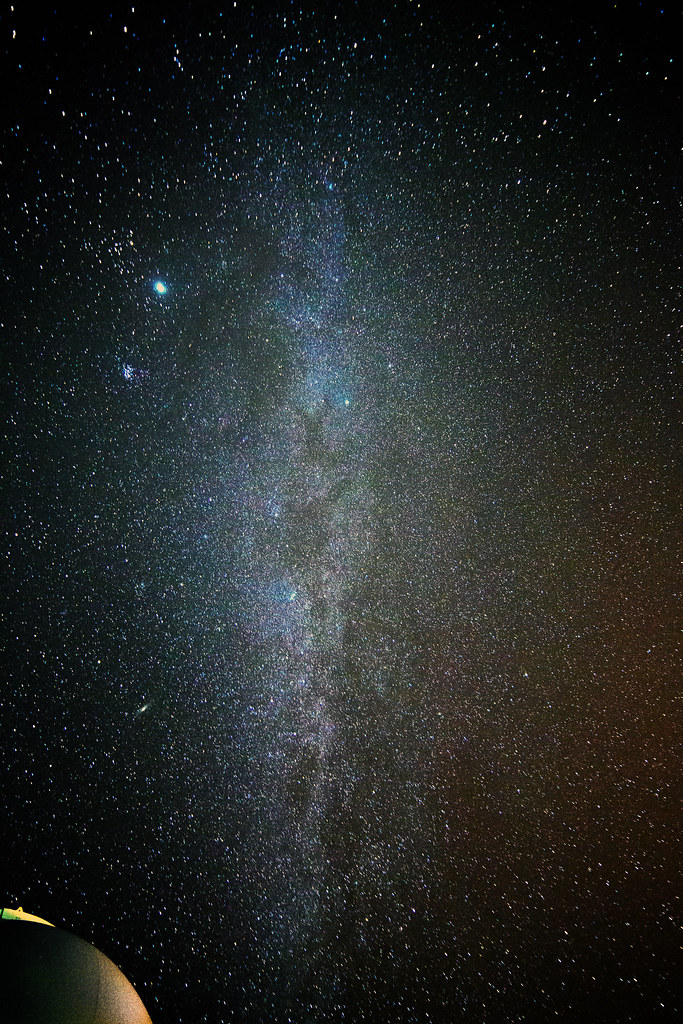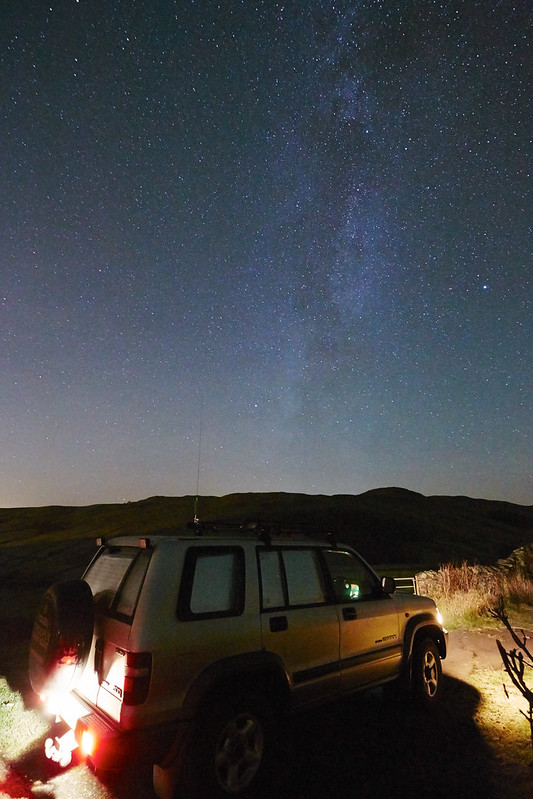- Messages
- 635
- Edit My Images
- No
I have a 5D2 and a 17-40mm, and I'm off to the USA in a couple of months. A couple of national parks I'm visiting in Utah might be good for star trails and possibly the Milky Way. I'm not sure whether a maximum aperture of f4 is wide enough for getting a decent shot. I'm considering hiring something, but I'm not sure how wide I'll need to go to keep a reasonably low ISO.







